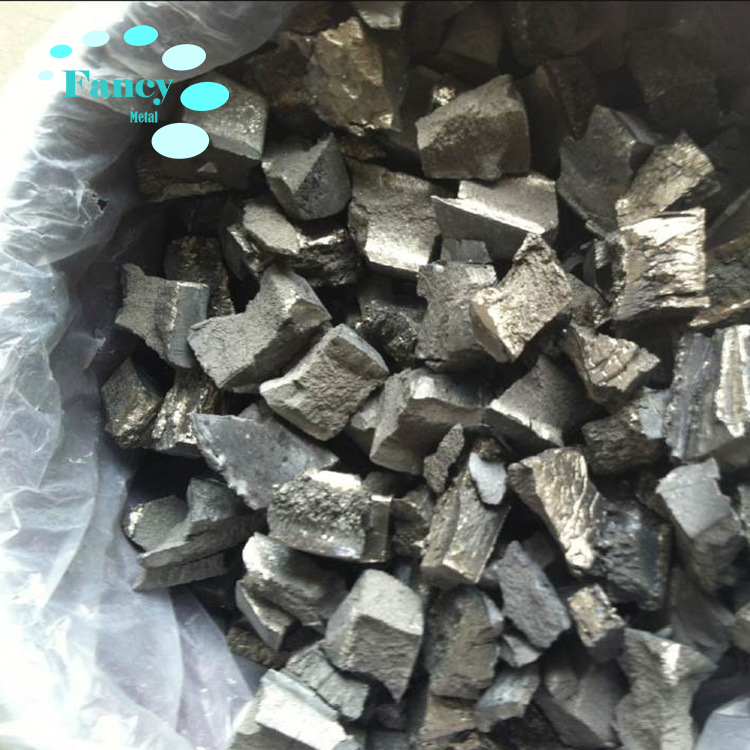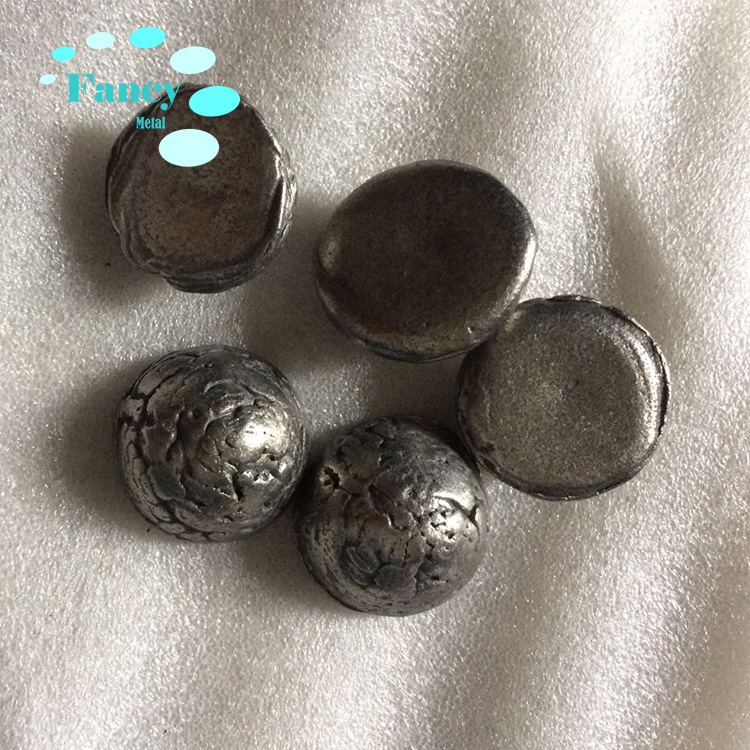Fancymetal offers high purity (customizable) metal products, as well as oxides, product shapes, foils, plates, wires, tubes, rods, powders and a variety of custom shapes.
We also have other gadolinium products:
Gadolinium
Gadolinium Metal
Gadolinium
Gadolinium Metal
Gadolinium oxide
Gadolinium flakes
Gadolinium Oxide Target
Gadolinium is magnetic at room temperature. Gadolinium is relatively stable in dry air and loses its luster in wet air; Gadolinium has the highest thermal neutron capture surface and can be used as reactor control material and protective material; ultra-low temperature close to absolute zero can be obtained by magnetization refrigeration of gadolinium salt.
In 1880, Marignac of Switzerland separated "Samarium" into two elements, one of which was confirmed to be Samarium by Sorit, and the other was confirmed by the research of Boisbaudre. In 1886, Marignac named this new element Gadolinium in memory of the discoverer of yttrium, the pioneer of rare earth research, Dutch chemist Gado Linium.
Gadolinium will play an important role in modern technological innovation.
Applications:
✔ Industrial technology of magnetic refrigeration can make small and efficient refrigerators
✔ Water-soluble paramagnetic complexes can improve the human body's nuclear magnetic resonance (NMR) imaging signal in medicine
✔ Its sulfur oxides can be used as matrix grids for special brightness oscilloscopes and X-ray fluorescent screens.
✔ Gadolinium in gadolinium gallium garnet is an ideal single substrate for bubble memory storage.
✔ It can be used as a solid magnetic refrigeration medium when there is no Camot cycle limit.
✔ As an additive to samarium cobalt magnets to ensure that the performance does not change with temperature.
Advantages:
✔Strict quality control of raw materials and processes
✔Fast delivery: 1-3 days after order confirmation
✔Technical support: 24 hours via email
History:
Gadolinium was discovered by Charles Galissard de Marignac in Geneva in 1880.
He had long suspected that the didymium (praseodymium-neodymium mixture) reported by Carl Mosander was not a new element but a mixture. His conjecture was confirmed by Marc Delafontaine and Paul-Emile Lecoq de Boisbaudran in Paris, who reported that its spectral lines varied from source to source.
Indeed, in 1879 they had isolated samarium from some didymium, extracted from yttrium-columbite found in the Ural Mountains. In 1880, Marignac extracted another new rare earth


